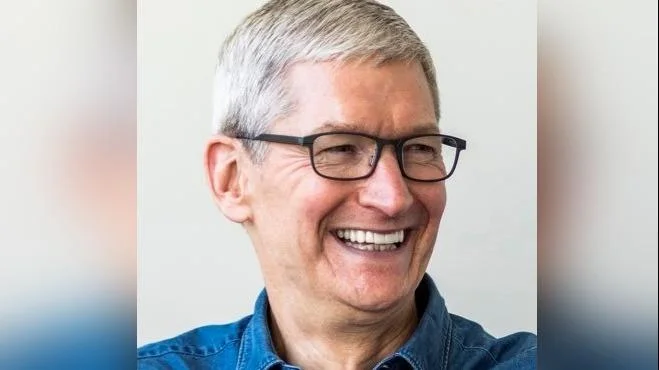In the Apple Original series "Severance," Lumon Industries presents a world where employees undergo a procedure to separate their work and personal lives. The show's real-life editor, Geoffrey Richman, offers insights into the editing process that brings this complex narrative to life. In episode four of season two, "Woe’s Hollow," viewers see an amateurish video made for the Macrodata Refinement Department's retreat. Richman comments on its humorous nature: “It’s hilarious,” he says, noting the rushed feel of the video's edits.
Richman's editing process is quite different from that portrayed in the show. From his home in Park Slope, Brooklyn, he collaborates with colleagues like executive producer Ben Stiller using a suite of Apple devices. His setup includes an iMac, Mac mini, and MacBook Pro — essential tools for crafting one of the series' most challenging episodes, "Cold Harbor." Richman explains, “For the finale, there was a lot of experimenting with structure and testing out different ideas about how to play out different scenes.”
Richman's technical prowess is evident when handling complex sequences such as a marching band scene with multiple angles: “Being able to play nine angles simultaneously in real time — and switch quickly between all the different options — made it a whole lot easier to find what we wanted at any given moment,” he shares.
His editing workspace mirrors elements from "Severance," as Richman works on a lower floor in his apartment similar to how characters descend levels at Lumon Industries. He connects remotely to a Mac mini running Avid software based in Manhattan.
Richman values Apple's ecosystem for its seamless integration across devices. He notes: “I could be lying in bed and I have a thought... it just shows up in the Notes app on my desktop.” This flexibility extends to location work; during filming near Minnewaska State Park Preserve for "Woe’s Hollow," he relied on his MacBook Pro's portability.
Collaboration is key in Richman's workflow. He frequently communicates with Stiller for feedback and coordinates closely with Theodore Shapiro, the show's composer. Music plays a crucial role in setting tone: “Music is such a big part of enhancing the show,” Richman emphasizes.
Editing for "Severance" demands precision, especially with music synchronization during frenetic sequences like those involving marching bands. Organizing footage alone took over a week due to numerous takes and angles available.
Despite challenges, Richman finds satisfaction in solving structural puzzles within episodes: “So it’s challenging but it’s also very satisfying and just fun.” Season two of "Severance" is now streaming on Apple TV+, while additional insights from Richman and others can be found in Behind The Mac on YouTube.

